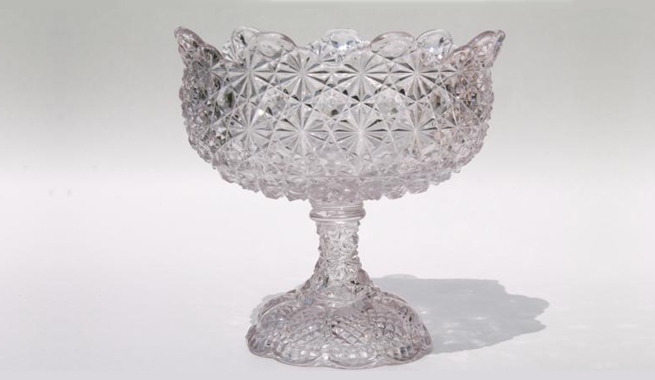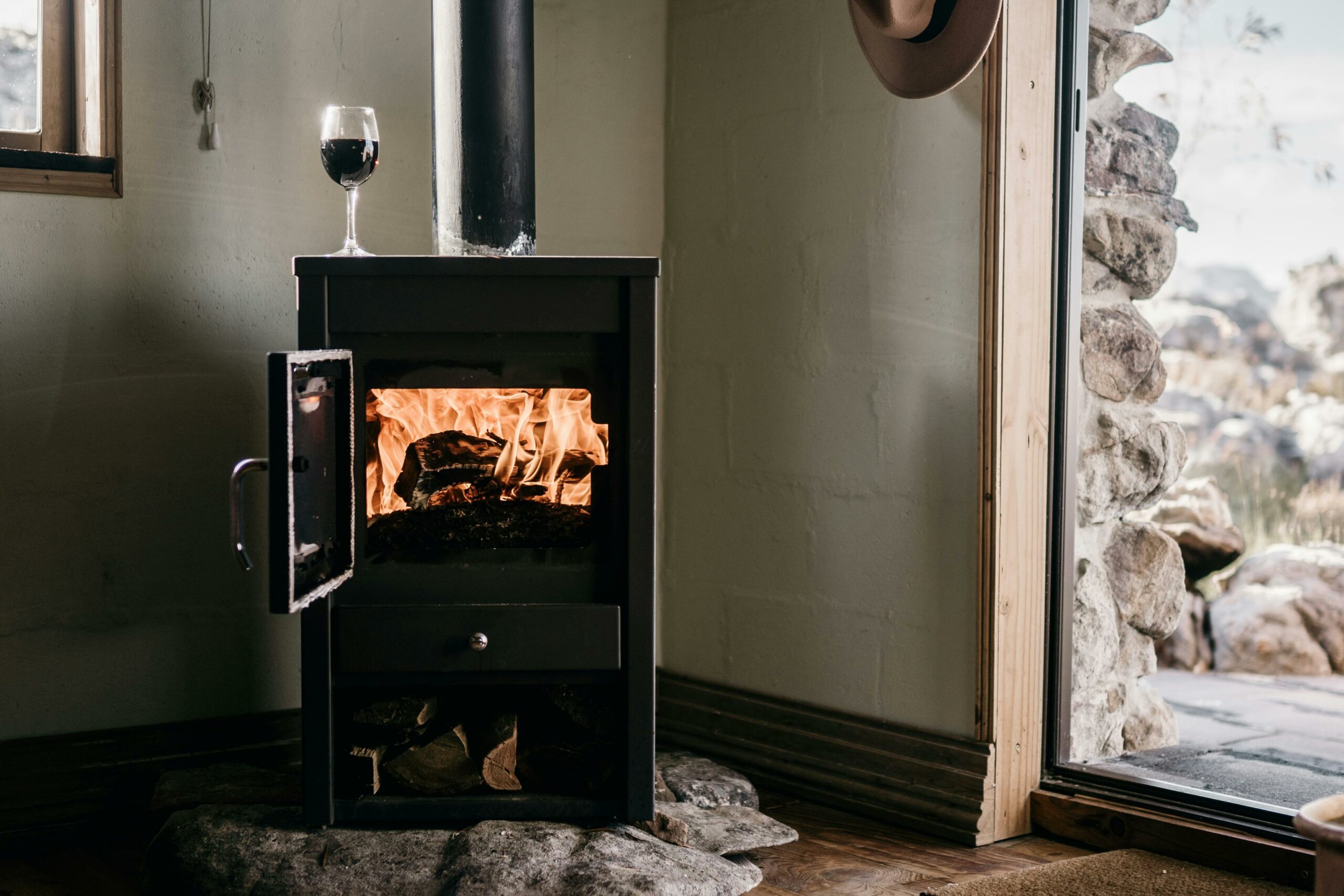Learn how to recognise manufacturing flaws and wear-and-tear damage in antique, vintage and collectable glass objects.

Antique, vintage and collectable glass and crystal are very popular on bidorbuy. And what’s not to like! Our crystal and glass section ranges from Lalique and Murino masterpieces to old beer bottles, from breathtaking to everyday, and from lavish to affordable. In short, there is always something for everyone.
The problem with buying antique and vintage glass is that an object may look in mint condition… but mysteriously develop a secret chip or crack the moment you display it in your home. The truth of the matter is that it is easy to miss small (or even big) problems when buying glass, no matter how carefully you look.
Believe it or not, such mishaps are more likely with hands-on shopping, in a brick and mortar store, than when shopping online. This is because sellers on online marketplaces such as bidorbuy are duty-bound to accurately describe the item and to scrupulously disclose any flaws, defects and damages.
When browsing antique, vintage and collectable glass on bidorbuy, you as a buyer should therefore carefully read the description of the item that caught your eye and examine the pictures.
In any case, no matter how you acquired your latest antique or vintage glass object, the first thing you should do after you unpack it at home is to wash it squeaky-clean and carefully examine it in good light. Slowly turn it and tilt it this way and that while scanning every centimetre of the rim and the body. Arm yourself with patience. Sometimes, a crack becomes visible only when the light falls on the glass object just so. Oh, and if you examine glass by feel… take care. You can cut yourself.

There are two types of defects to look out for. There’s the damage as the result of use, handling, cleaning or storage: nicks, cracks, scratches, and so on.
Then there are the manufacturing flaws. The most common ones include marks on the bottom caused by the removal of the item from the glass blowing rod and bubbles caused by the air trapped in the molten glass.
But what if the description of a glass piece that caught your eye states that the object has some blemishes? Should you still buy it?
That depends. A thin crack that goes through both sides of the glass may not look too bad, but it can get worse with transport and handling. On the other hand, a small crack that does not go all the way through is unlikely to cause breakage. A few bubbles in the stem of an antique glass piece are fine, but you may want to think twice before buying it if it has random bubbles all over.
And in a strange twist, a defect can become a desirable feature. For example, some people like the sun purple effect, and there are sellers who intentionally expose their glassware to the sun in order to get that purplish tinge. As for the dreaded air bubbles… well, bubble glass has become an intentional manufacturing process, with skilled craftsmen intentionally blowing bubbles into the glass to produce an artistic effect.
The bottom line is, always know what you are buying, and you will be happy with your purchase of glass or crystal objects.









